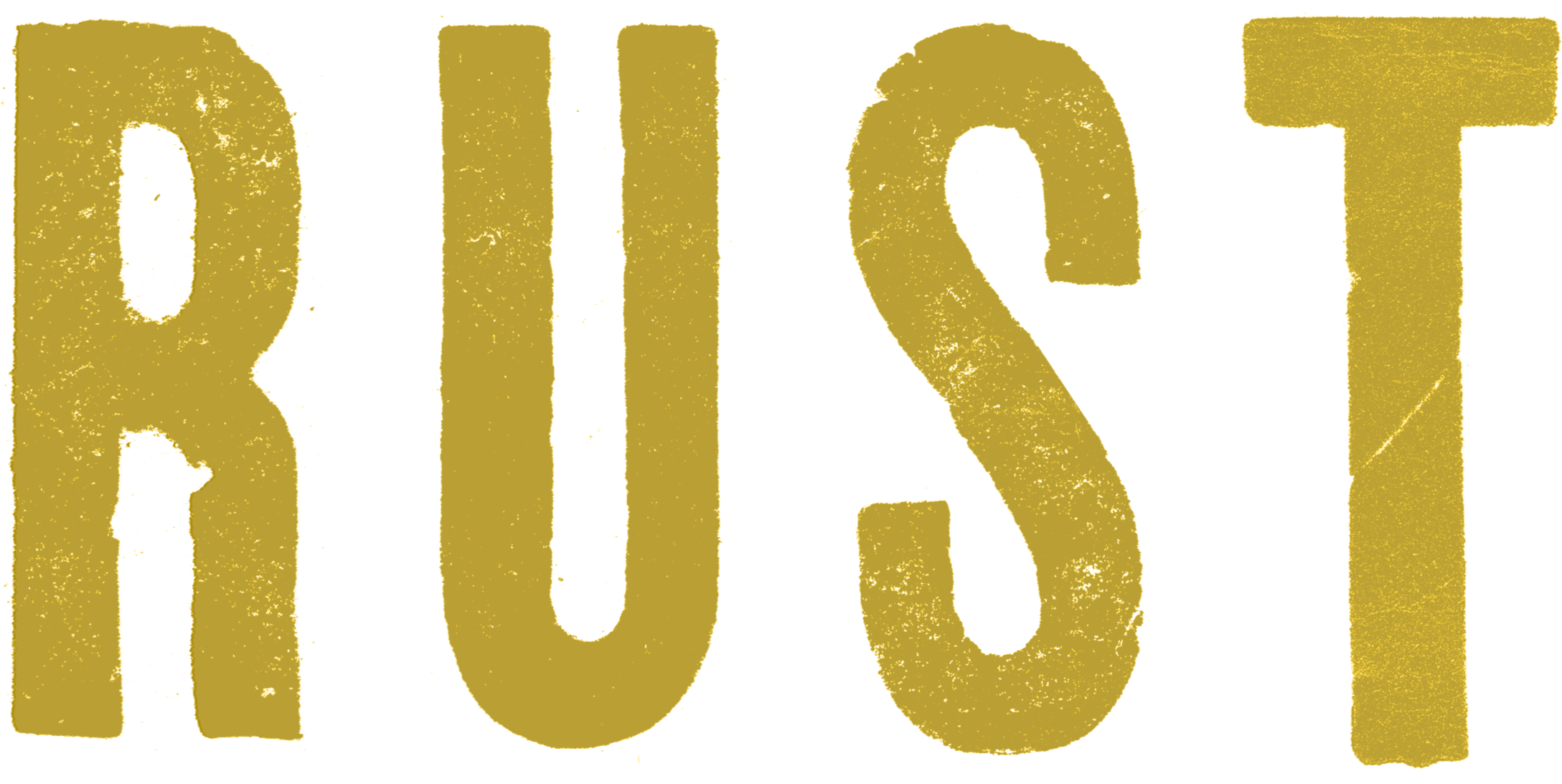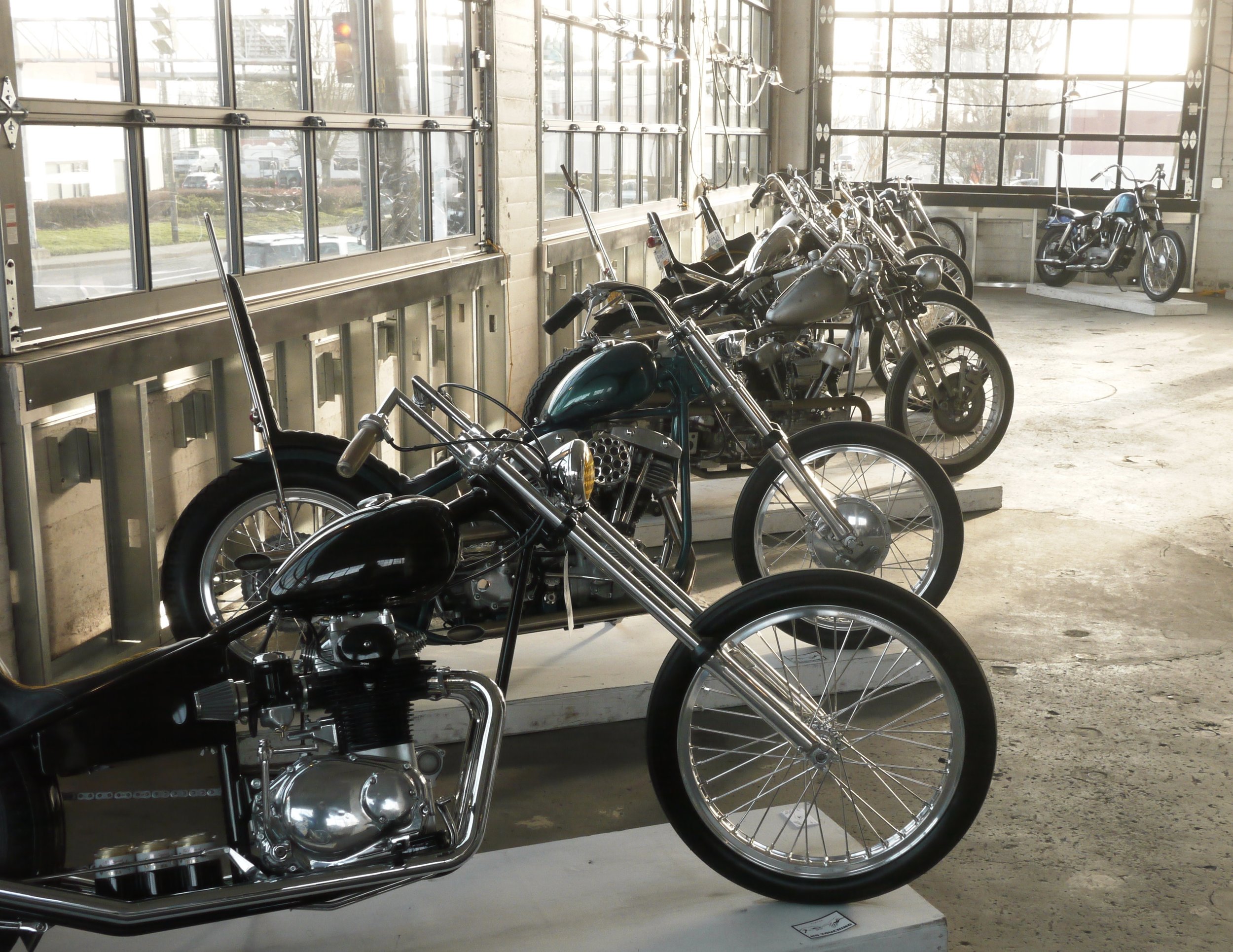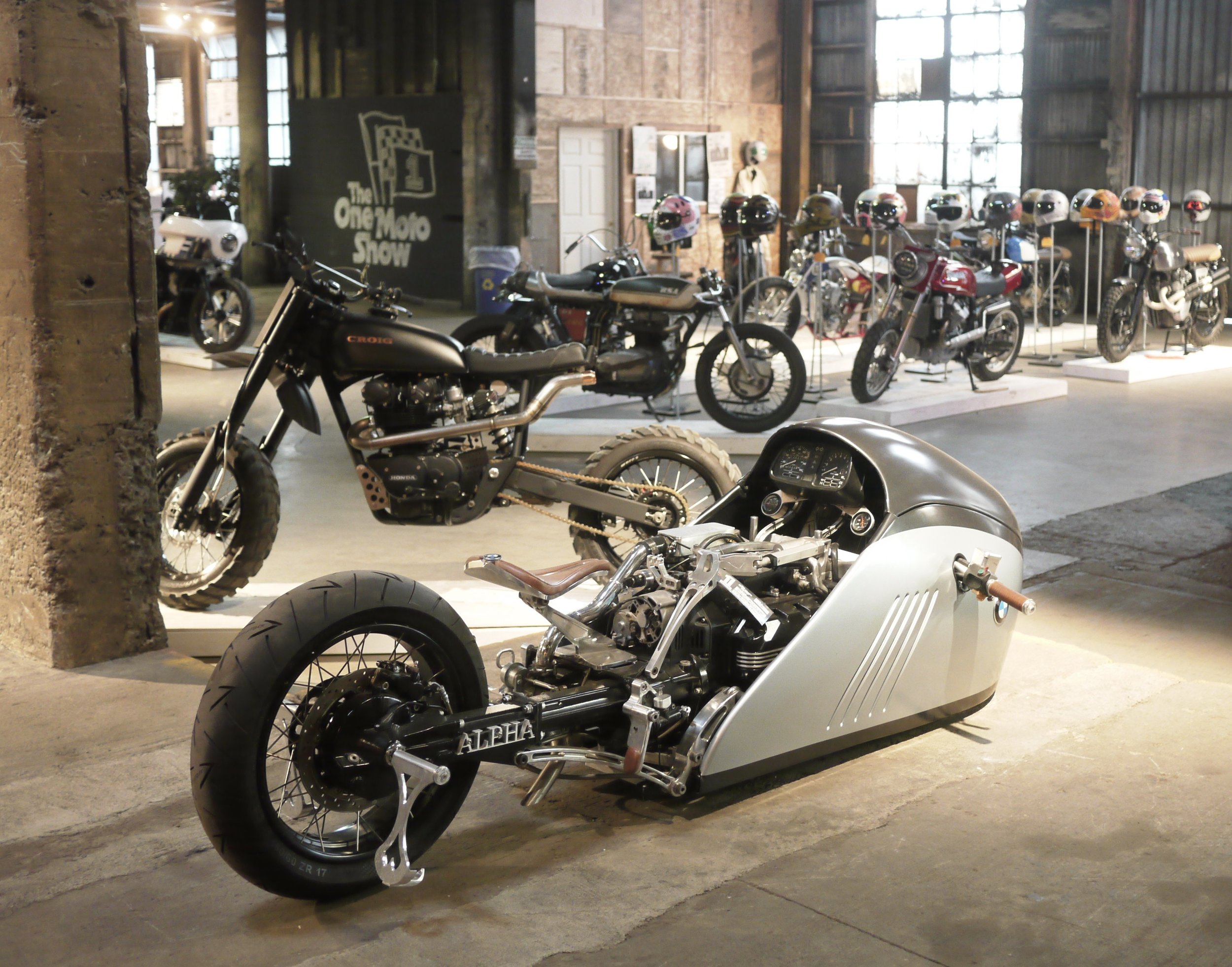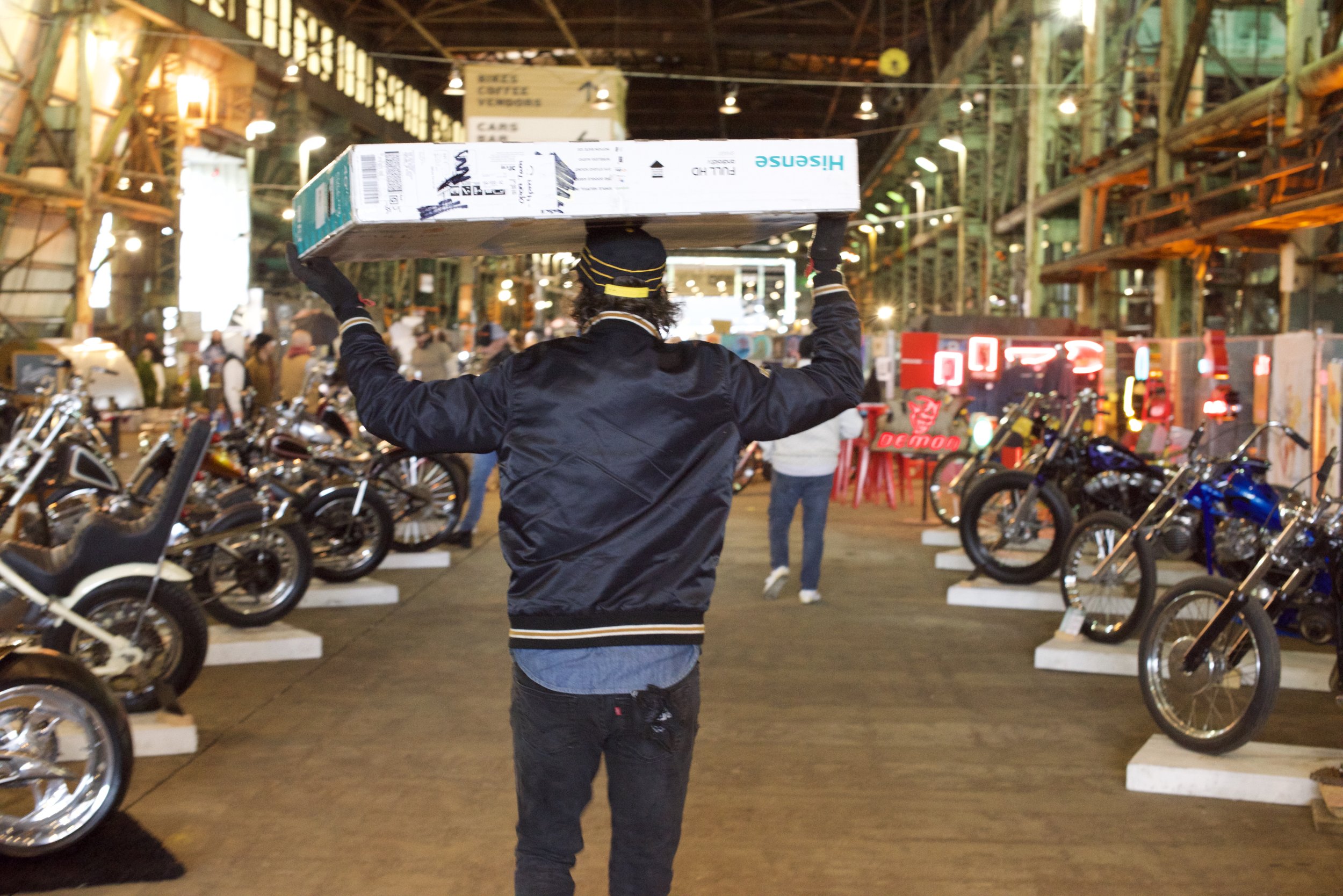An interview with Thor Drake
The man behind the One moto Show
Photos: Mike Blanchard
Promotor seems a bit of a limited description for Thor Drake. He and his wife Tori are entrepreneurs, racers, motorcycle builders, designers and Portland icons.
Spotlight: Thor Drake is the cat behind the One Moto Show. Well, more correctly, he dreamed it up but his wife Tori is the other half of the equation. They are the proprietors of See See Motor Coffee in Portland, Oregon. A very savvy couple with an impressive skill set. Thor is a sometime motorcycle racer and bike builder. In a lot of ways he’s an archetype of the Portland moto scene.
One Moto has become one of the most respected motorcycle shows in the U.S. It draws some of the best builders and designers to show their bikes. It’s also a show that leading industry figures attend. Portland is a very hip moto town and there are a lot of interesting things bubbling up in the Rose City.
After not going for a couple years, the stars aligned and we were able to make it back to Portland for the 13th edition of the One Moto Show.
It is Thursday: setup and press day for One Moto. Thor is harried. He will be harried all weekend. Even so he clearly is enjoying himself. For the promoter there are a million details to attend to and a constant stream of folks asking for a picture or wanting to catch up or get an interview or wanting to know where the garbage cans go. We caught him at just the right moment: when he was looking to sit down and willing to talk.
A few years back Thor and Tori announced that they would stop doing One Moto at No. 10. And then they kept going. It has almost become a cliché to ask Thor how long he will keep the ball rolling, but it’s as good a place as any to start.
You had said a couple years ago that you were going to stop and move on to something else. What fired you up to do it some more?
“When you put 10 years of your life into something you really get good at it, I guess. Why throw away all that energy and hard work on something you said? So, one of life’s great mysteries is that you can change your plan. We decided to keep going.”
What’s the thing that you are the most excited about this year?
“A beer, so follow me. Once I get a beer then it will change.
“My wife (Tori) did all the curation. There are 250 bikes; there’s a lot of bikes. Some of the vendor booths are larger than expected so we are trying to piece it all in.”
That’s part of the charm of the whole thing. You just have to be kind of patient and go with it.
“Yeah; totally. It’s not a perfect science and if it was it would be a totally different show.”
Even when doing an interview Thor keeps an eye on what is going on. Behind him is the sidecar coffee outfit from his company SeeSee Motor Coffee.
Thor led me out behind the building and through a chain link fence to the staff compound of travel trailers. Coolers and BB guns and a bunch of folding chairs surround a fire pit. We sat down and for some reason started talking about the Virginia City Grand Prix: a wild off-road race in the Nevada mountains above Reno.
“I raced it once, on a ’69 Bultaco, and ran out of gas, seized the motor because I ran out of gas, pulled the top end off and un-seized it. The only reason I kept going was because I was so far in the ravine that I didn’t want to push the bike up the hill. So, I was like, ‘Oh, fuck, anything is better than being stuck down here until the chase vehicle comes and picks me up,’ so I just sat there and worked on it until I got it going, finished the race and got a finisher pin for vintage and modern that year.”
That’s one of the most impressive events I’ve seen. Last time I went and I was watching this guy come down the canyon and he looped it, went over the edge, flew like 20 feet and landed on his head.
“And he popped right up?”
Oh no; he popped his shoulder.
“Yeah, that race is one of the races where you’ve got to be careful.”
What kind of projects are you working on aside from this? Are you building any bikes?
“Yeah, I built a bike. In fact, I should go pick it up at some point here. I built a bike with Royal Enfield, a little Meteor 350. I just did a slight, small custom thing with it. The idea is that artists take it over and paint on it and make it cool, tune it up a little bit. That will be at the show. I just did a mild custom on it. I did one bike this year.”
Racing this year?
“There were going to be races at Thursday-Night Motocross but it got rained out.”
Nothing at Salem?
“The Salem track kinda got commandeered by the State Fair for the time being. They’re not running this year, but next year they plan to start back up again. If that’s the case then we’ll work with them again. But there’s Castle Rock, which if the weather’s decent there should be some racing up at Castle Rock flat track. So, a little bit of racing.”
“It’s been hard to do both recently with all the stuff going on.”
Does it make it harder to do the event with the race?
“Oh, yeah; It’s a completely different style of event, strangely enough.”
Have you moved it around because the venues have not wanted it back or have you just wanted to do something different?
“The way the show always was, we would just find old buildings that would rent to us for a fair price. Because of that they would usually end up developing the building afterwards. Most of the buildings we’ve been in have been transformed into live-work spaces or industrial-work spaces, artist spaces, things like that.
“We like going into these old buildings because, you know, her (Tori’s) uncle worked here for 40 years as a ship builder. It’s just got history. It’s almost like a little bit of a life form because of the heritage. The place, all the work that goes into it, the characters that show up.”
The building is a character itself.
Amazing light at the Pickle Factory for the Chopper display; One Moto 2017.
“Yeah, you have to work within that space and get everything looking good.”
I loved that upstairs room at the Pickle Factory with all the windows. The light was just beautiful.
“That was cool. The Pickle Factory was an awesome space. It was actually a functioning foundry a month before we did the first show. I couldn’t believe the amount of cleaning those guys did in such a short amount of time.
“It’s cool to do it in different spots. It makes the show fun and exciting each year.”
I am always interested in the intersection of different worlds. I like how skateboarding and cycling intersect with hot rods and motorcycles. The intersection of different worlds adds flavor and depth to the whole thing. So many of these guys started with skateboarding or BMX or mountain biking.
“It’s that creative spirit. I come from skateboarding. That’s a big-time part of my history. Community, outcasts, anti-social people that find this thing and they become social because of it. The show is way bigger than I ever could have made it. You know what I mean? It just grew on its own.”
It has a life of its own.
“It’s its own thing. We just came up with the concept and support it. When it comes down to it I’m a builder, not a show promoter. I just like to have a party here and there.”
What has gotten easier over the years as you’ve done it?
“The stress, believe it or not. I went from being like, ‘Nobody’s going to show up’ to ‘Just don’t worry; it’s going to happen.’ You can't predict the weather so … It usually rains up here. That adds an element of stress, but then you just think, ‘You know what? It doesn’t really matter; people drink a beer and just enjoy themselves.’”
If you can’t ride in the rain in Portland, you ain’t gonna ride.
“Ha! Exactly! It would be glorious if it was a sunny 70-degree day. So yeah; it’s interesting. Thirteen years later it just keeps growing. The one weird thing is that there’s now people that have come to the show as non-motorcyclists, become motorcyclists and then become custom builders. It’s all start to finish. It’s kind of interesting. There’s even babies that have come from the show so there’s that, too. Ha!”
I just met someone who built a bike with his son who’s 11 and they’re looking for a bike to do another bike for his son to bring.
“Oh, wow!”
Where was the first show?
“It was an old industrial space off Tillamook. I was building a trade-show booth for a snowboard company. We shipped off the booth and then we had the building for the rest of the month. At the time I was interning at an advertising agency so I just used the advertising studio to print all my posters and invites. It looked professional to some degree. I was 27 when we started so it was a little bit of a crapshoot.
“I came up with an advertising concept that worked: The Oneness. And did that first show; it was a bit of a magical show, and then we decided that we had to prove it so we tried it the second time. The second show was really hard because it was the sequel, you know. The sequel is never as good as the beginning.
Ground-floor display One Moto 2017.
“There is the magic of the first one and then you do the second one and the magic is not the same. But then I was so frustrated that people were even saying something so I was, ‘Well, I’m going to make a third one that’s going to be even better,’ ha!
“It’s probably my stubborn nature that we went on as long as we did. And then we decided that 10 years is probably a good stint. We would stick it through 10 years and probably call it good. And like I was saying earlier, we got to 10 years and decided that it would be a shame to let all this go away. And we’ve gotten quite good at it, really. So it’s not that big of a deal to keep it going. As long as there’s interest in it we might as well keep it going.”
Last time we were here at the Moda Center I was really impressed by the quality of people I met. I ran into Miguel Galluzzi with a guy who is a senior design guy for General Motors and Hugo Eckles. …That Zero XP was like, wow, What a bike! All these guys are world-class guys and they’re happy to talk to you; everyone is having a good time. It is a real mark of what a great job you’ve done.
“I think that’s the idea, right? To create a space where everyone has the same reason for being there. Guarantee you just talk to anyone at the show and they knew about it; they found out about it and they made the effort to come and usually they are that niche group of interesting people. Skateboarders, snowboarders, parts of motorcycling, not all parts, but the deep trenches of motorcycling. Ha ha ha!
“That’s the life form that I couldn’t ever have imagined it growing into. It’s so cool.”
How long does it take you guys to clean it up?
Cleaning up the track after the One Pro races; Moda Center 2020.
“It’s not that bad. We strike the show on Sunday afternoon pretty quickly and then … people hide beer cans everywhere … ha ha ha! The next week we’re coming through finding beer cans. It’s not too bad. I think this year is going to be a bit of a rough one, but I think it will take two or three days. That’s not too bad.”
At least you don’t have tons and tons of dirt to haul out.
“Dude! That’s the reason I probably haven’t done another race. Ha ha ha! You know, moving dirt is expensive.”
And once you get into it you realize the science to the dirt on a flat track is quite a thing.
Thor trying to help with the ruts in between races; One Pro 2020.
“Oh, yeah. That clay that we found came straight out of the earth and we thought it would stay dry 20 feet down. But it was still so, so saturated. And we were chasing the moisture. At night it would all rise and then during the day it would all sink so we couldn’t ever pull it out of the ground. That was probably one of the roughest tracks.”
It was pretty rutted.
“Nothing I could do. Try as I might.”
The races added a really neat vibe to the show.
“Well as a racer there is usually only one person who loves the condition of the track. The guy that won. Everyone else has something to say. We made good conditions for at least one guy. Ha ha ha!”
The man in charge making sure things get to where they need to go on set-up day.







